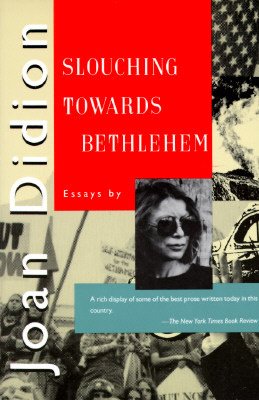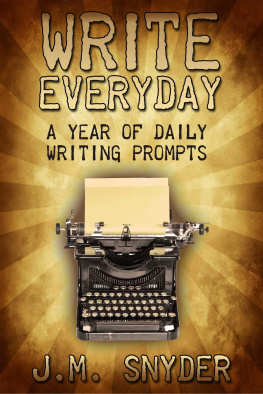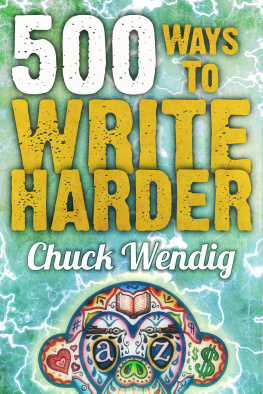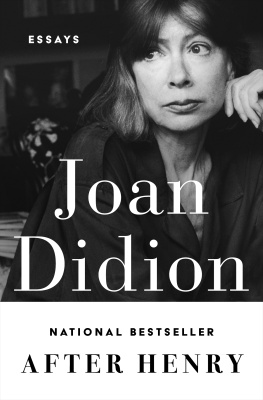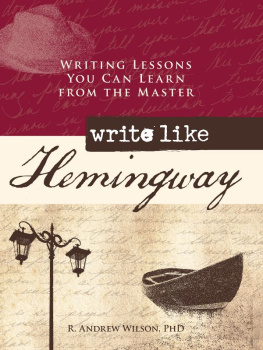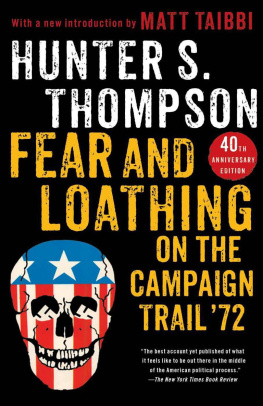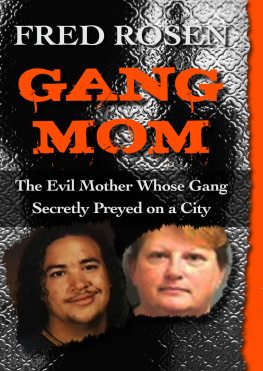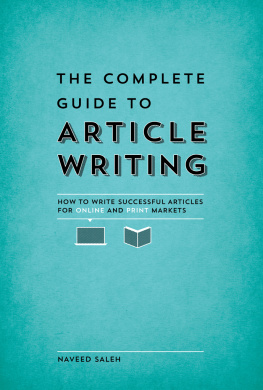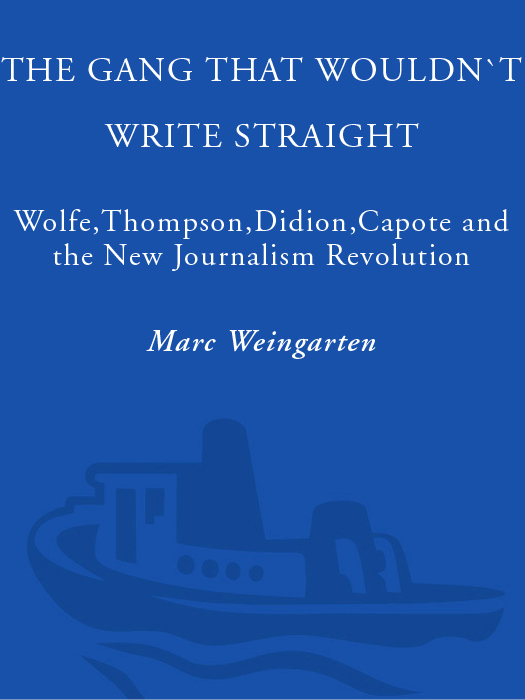Marc Weingarten - The Gang That Wouldnt Write Straight: Wolfe, Thompson, Didion, Capote, and the New Journalism Revolution
Here you can read online Marc Weingarten - The Gang That Wouldnt Write Straight: Wolfe, Thompson, Didion, Capote, and the New Journalism Revolution full text of the book (entire story) in english for free. Download pdf and epub, get meaning, cover and reviews about this ebook. year: 2006, publisher: Crown, genre: Art. Description of the work, (preface) as well as reviews are available. Best literature library LitArk.com created for fans of good reading and offers a wide selection of genres:
Romance novel
Science fiction
Adventure
Detective
Science
History
Home and family
Prose
Art
Politics
Computer
Non-fiction
Religion
Business
Children
Humor
Choose a favorite category and find really read worthwhile books. Enjoy immersion in the world of imagination, feel the emotions of the characters or learn something new for yourself, make an fascinating discovery.

- Book:The Gang That Wouldnt Write Straight: Wolfe, Thompson, Didion, Capote, and the New Journalism Revolution
- Author:
- Publisher:Crown
- Genre:
- Year:2006
- Rating:5 / 5
- Favourites:Add to favourites
- Your mark:
The Gang That Wouldnt Write Straight: Wolfe, Thompson, Didion, Capote, and the New Journalism Revolution: summary, description and annotation
We offer to read an annotation, description, summary or preface (depends on what the author of the book "The Gang That Wouldnt Write Straight: Wolfe, Thompson, Didion, Capote, and the New Journalism Revolution" wrote himself). If you haven't found the necessary information about the book — write in the comments, we will try to find it.
Advance Praise for The Gang That Wouldnt Write Straight
Its always complicated to write about writing (and about writers), but Marc Weingarten does it effortlessly. Every character in The Gang That Wouldnt Write Straight is compelling and necessary. If this book doesnt make you want to be a journalist, nothing will. Chuck Klosterman, author of Killing Yourself to Live
Well-researched, beautifully wroughtthis is an addictively readable history of the revolution in American journalism. T. C. Boyle, author of Drop City
Weingarten is a strong, fresh voice in contemporary cultural criticism. Alvin Toffler, author of Future Shock
From the Hardcover edition.
Product Description. . . In Cold Blood, The Electric Kool-Aid Acid Test, Fear and Loathing in Las Vegas, Slouching Towards Bethlehem, The Armies of the Night . . .
Starting in 1965 and spanning a ten-year period, a group of writers including Tom Wolfe, Jimmy Breslin, Gay Talese, Hunter S. Thompson, Joan Didion, John Sack, and Michael Herr emerged and joined a few of their pioneering elders, including Truman Capote and Norman Mailer, to remake American letters. The perfect chroniclers of an age of frenzied cultural change, they were blessed with the insight that traditional tools of reporting would prove inadequate to tell the story of a nation manically hopscotching from hope to doom and back againfrom war to rock, assassination to drugs, hippies to Yippies, Kennedy to the dark lord Nixon. Traditional just-the-facts reporting simply couldnt provide a neat and symmetrical order to this chaos.
Marc Weingarten has interviewed many of the major players to provide a startling behind-the-scenes account of the rise and fall of the most revolutionary literary outpouring of the postwar era, set against the backdrop of some of the most turbulentand significantyears in contemporary American life. These are the stories behind those stories, from Tom Wolfes white-suited adventures in the counterculture to Hunter S. Thompsons drug-addled invention of gonzo to Michael Herrs redefinition of war reporting in the hell of Vietnam. Weingarten also tells the deeper backstory, recounting the rich and surprising history of the editors and the magazines who made the movement possible, notably the three greatest editors of the eraHarold Hayes at Esquire, Clay Felker at New York, and Jann Wenner at Rolling Stone. And finally Weingarten takes us through the demise of the New Journalists, a tragedy of hubris, miscalculation, and corporate menacing.
This is the story of perhaps the last great good time in American journalism, a time when writers didnt just cover stories but immersed themselves in them, and when journalism didnt just report America but reshaped it.
Within a seven-year period, a group of writers emerged, seemingly out of nowhereTom Wolfe, Jimmy Breslin, Gay Talese, Hunter S. Thompson, Joan Didion, John Sack, Michael Herrto impose some order on all of this American mayhem, each in his or her own distinctive manner (a few old hands, like Truman Capote and Norman Mailer, chipped in, as well). They came to tell us stories about ourselves in ways that we couldnt, stories about the way life was being lived in the sixties and seventies and what it all meant to us. The stakes were high; deep fissures were rending the social fabric, the world was out of order. So they became our master explainers, our town criers, even our moral consciencethe New Journalists. from the Introduction
From the Hardcover edition.
Marc Weingarten: author's other books
Who wrote The Gang That Wouldnt Write Straight: Wolfe, Thompson, Didion, Capote, and the New Journalism Revolution? Find out the surname, the name of the author of the book and a list of all author's works by series.

